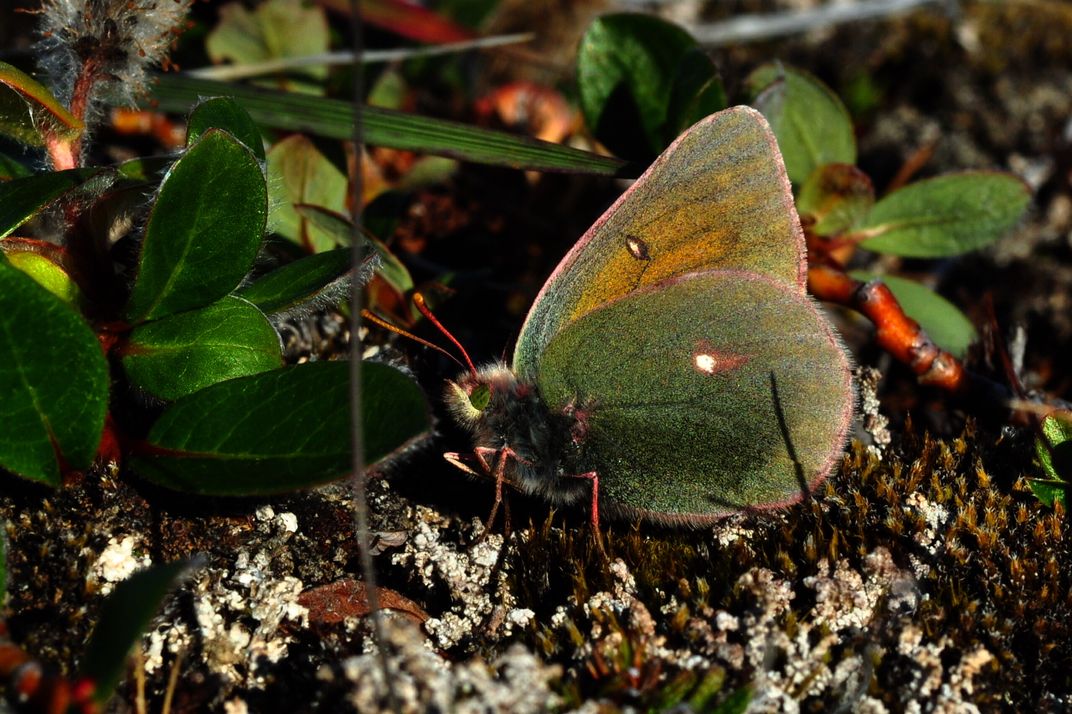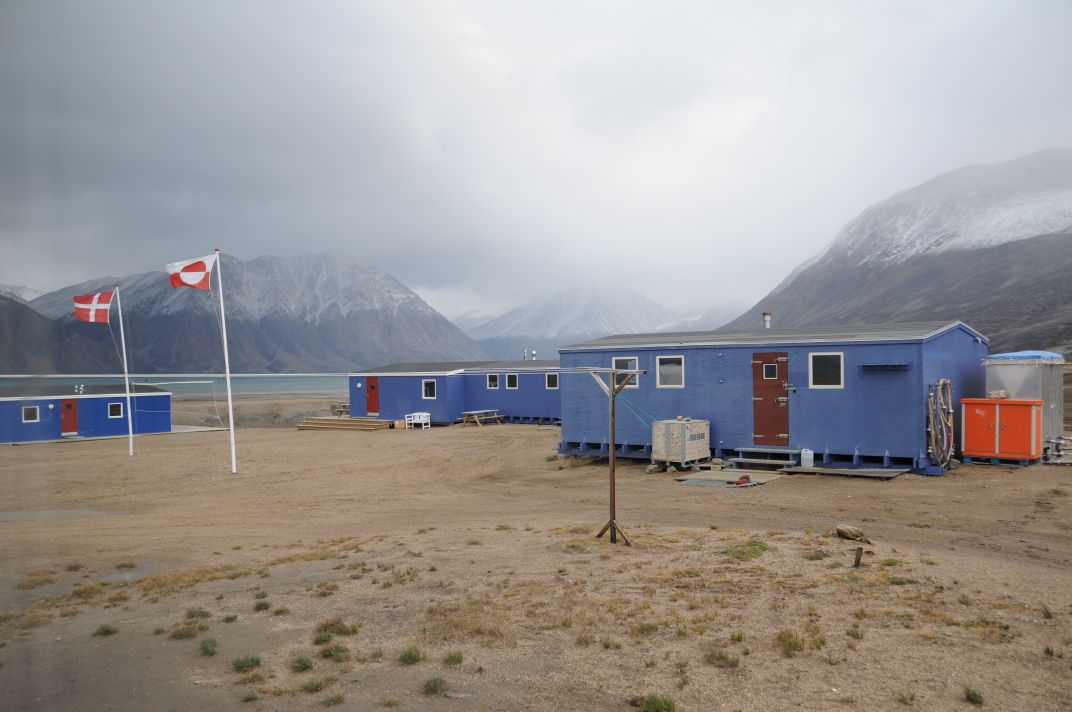Greenland’s Butterflies Are Shrinking as Temperatures Rise
In the high Arctic, hotter summer weather may be taxing insect metabolism
/https://tf-cmsv2-smithsonianmag-media.s3.amazonaws.com/filer/e8/db/e8dbd430-bfe8-4282-b637-61049182b42e/boloria_chariclea.jpg)
In the high Arctic of northeast Greenland, snowmelts are arriving earlier and summer temperatures have warmed by several degrees Fahrenheit. At the same time, the butterflies that flutter about the region in summer are doing so with shrinking wings.
The two trends may be linked, researchers report, and it could bode ill for the insects’ futures.
Species can respond to the rising temperatures that accompany climate change in several ways. They can migrate to new territory more suitable to their lifestyle, for instance, or they can change the timing of their activities to better match new conditions. In some cases, animals can even change their body size.
That last option isn’t an obvious one, but there is evidence that environment and body size are linked—in groups of related organisms, larger individuals tend to be found in colder climates and higher latitudes. Moose in Sweden, for instance, get bigger farther to the north.
“Metabolism increases with temperature,” notes study lead author Joseph Bowden of Aarhus University in Denmark. When it’s hotter, organisms have to burn more energy to obtain the food they need to grow, develop and reproduce.
“This could especially be the case for things like insects and spiders, as their physiology is under direct control from the external environment,” he says. But warmer temperatures could also increase growing seasons and give these organisms a longer period in which to obtain food, negating the extra metabolic costs.
In their study, published today in Biology Letters, Bowden and his colleagues took advantage of a long-term ecosystem monitoring program run since 1996 at the Zackenberg Research Station in Greenland. The station was set up to watch what is happening in the Arctic, where the climate is changing faster than in the rest of the world. Researchers there monitor a range of factors, from temperature and snowmelt to insects and mammals.
Bowden's team looked at two species of butterfly common to the area—the Arctic fritillary (Boloria chariclea) and the Northern clouded yellow (Colias hecla). They measured the wing sizes of thousands of these butterflies collected weekly in traps between 1996 and 2013 and compared that with local temperatures and timing of snow disappearance.

By the end of the study period, snowmelt was arriving several weeks earlier, and average summer temperatures had risen by several degrees. Over that time, the butterflies of both species showed a general trend of smaller wings in warmer years—only about a millimeter smaller at most, but that’s a lot for creatures that are less than an inch long.
Smaller wing size may reduce the butterflies’ ability to disperse, potentially limiting gene flow, Bowden explains. That means future generations of the insects could be less fit, with reduced survival or reproductive ability. “This could eventually lead to a negative change in population sizes,” he says.
The observation adds to a growing pile of evidence that species are currently responding to climate change. Some are altering their ranges. Others are changing their biology. Many of the best examples come from the Arctic, where the most rapid change in temperature is occurring, but others can be found around the world.
If the butterflies are shrinking because hotter weather is taxing their metabolism, then other species could be similarly affected, and “it could mean change to varying degrees for all species on Earth,” Bowden says.
But that doesn’t mean that every creature on the planet will shrink as the climate warms. “Every species is different,” Bowden notes. “They do different things, they live in different environments, and predicting what will happen to each is, well, difficult to say.”

/https://tf-cmsv2-smithsonianmag-media.s3.amazonaws.com/accounts/headshot/Sarah-Zielinski-240.jpg)
/https://tf-cmsv2-smithsonianmag-media.s3.amazonaws.com/accounts/headshot/Sarah-Zielinski-240.jpg)